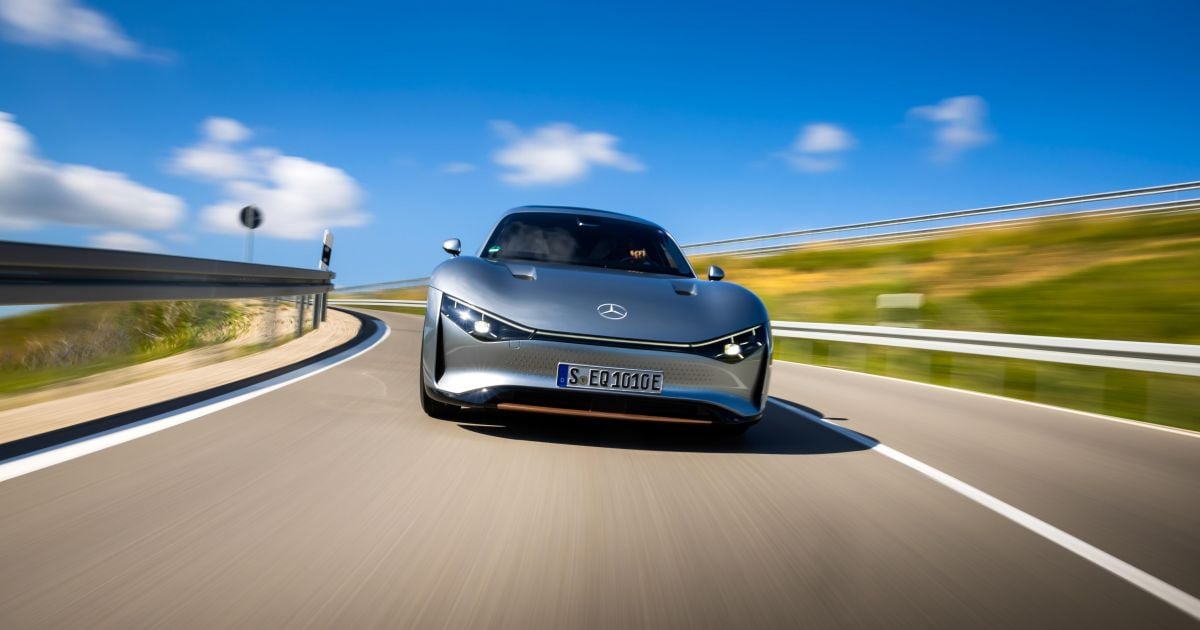wilzy123
Founding Member
I submitted my first complaint with the ASX (re: the below) on July 27th, and asked them nicely every fortnight for an update since. They even gave me a case number at some point, to which I thanked them for this information, along with all of their responses to date, advising that this may assist with any future inquiries made into the way the ASX have handled this matter.
Look what I received today from our mates at the ASX.....
"Please be advised that our vendors have confirmed they have updated records of S&P/ASX200 to include the most recent index calculations.
This should now be reflected in the top 5 gains and losses on the ASX website, and the issue of BRN not being included has been resolved."
Look what I received today from our mates at the ASX.....
"Please be advised that our vendors have confirmed they have updated records of S&P/ASX200 to include the most recent index calculations.
This should now be reflected in the top 5 gains and losses on the ASX website, and the issue of BRN not being included has been resolved."



